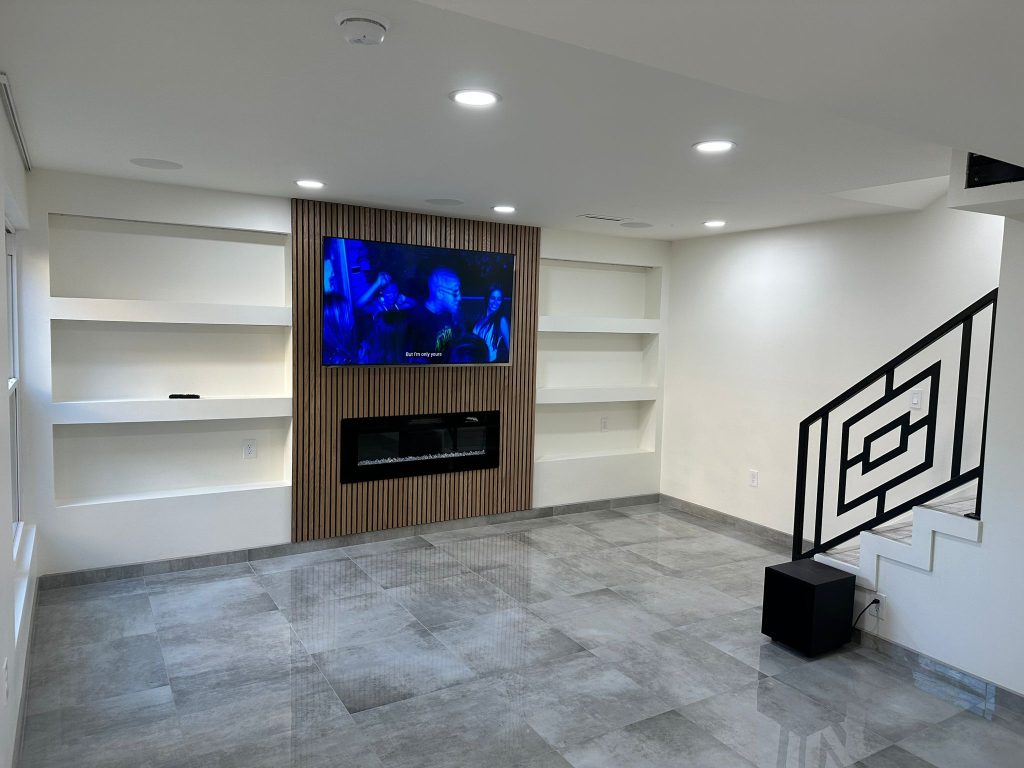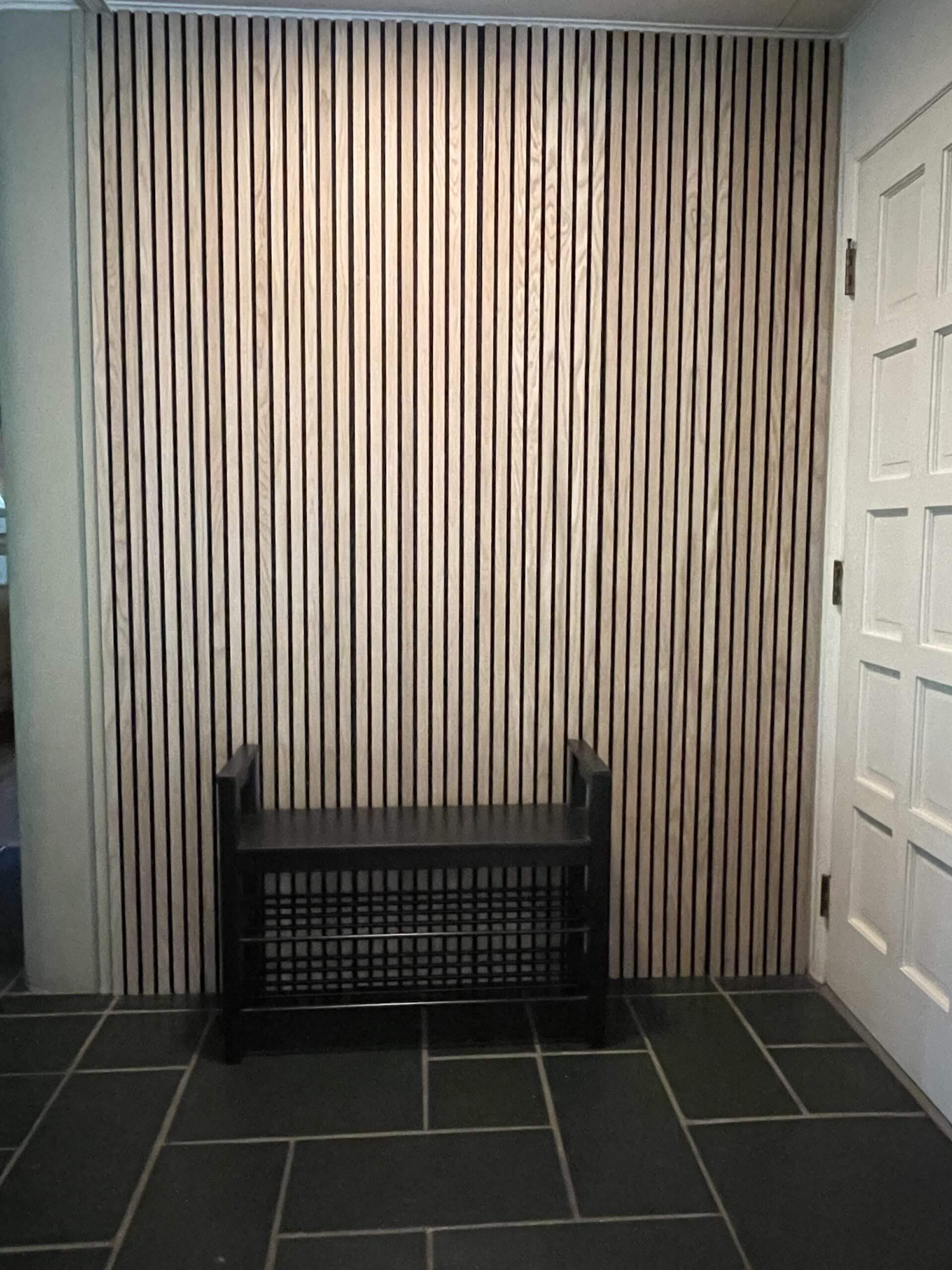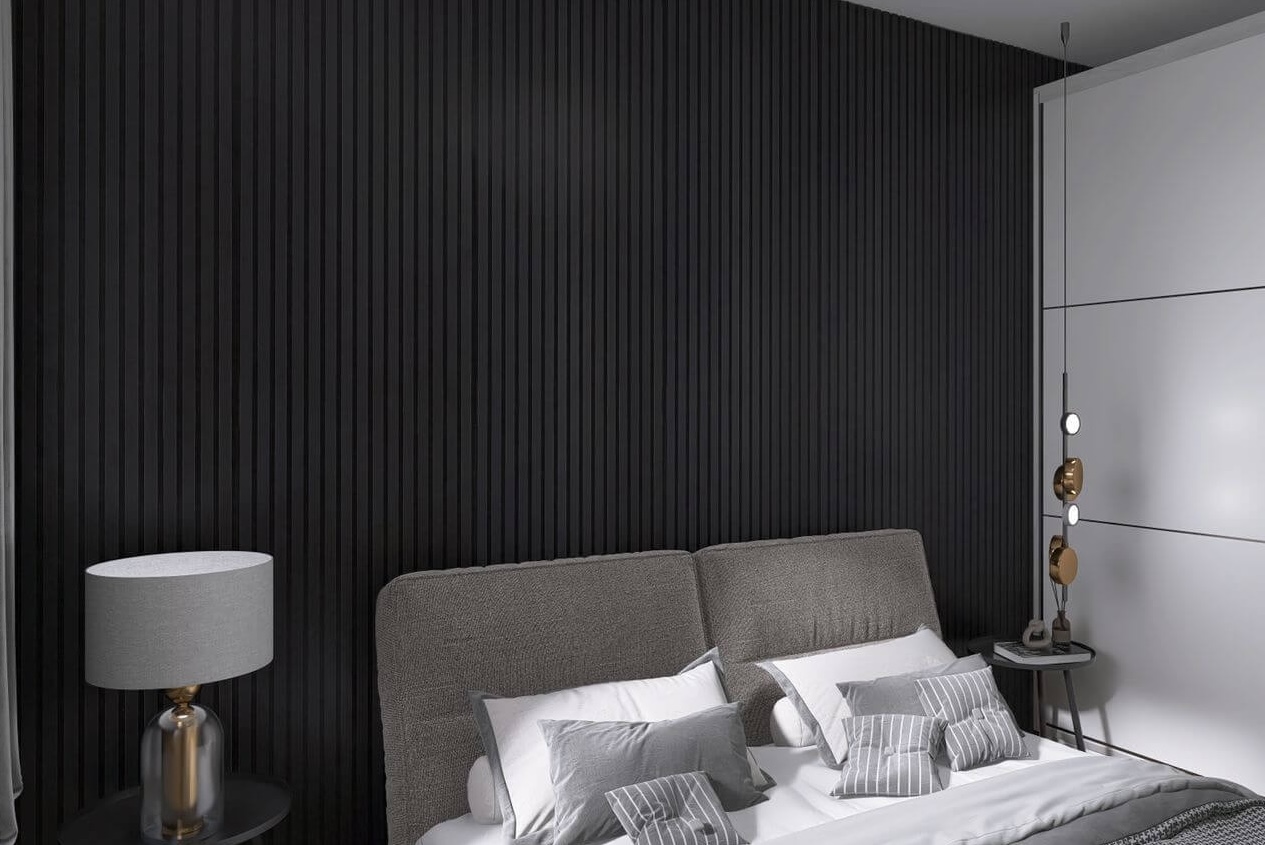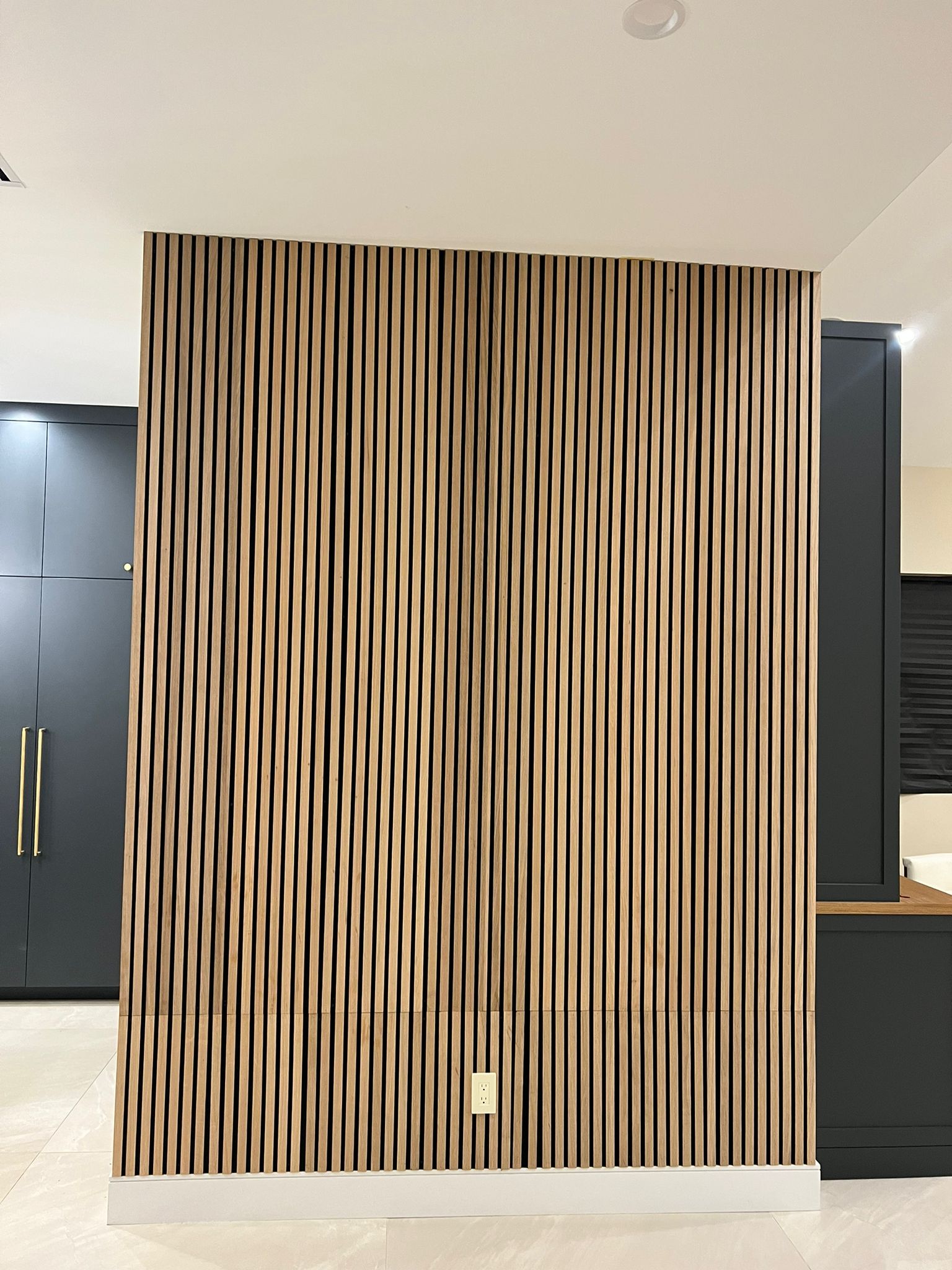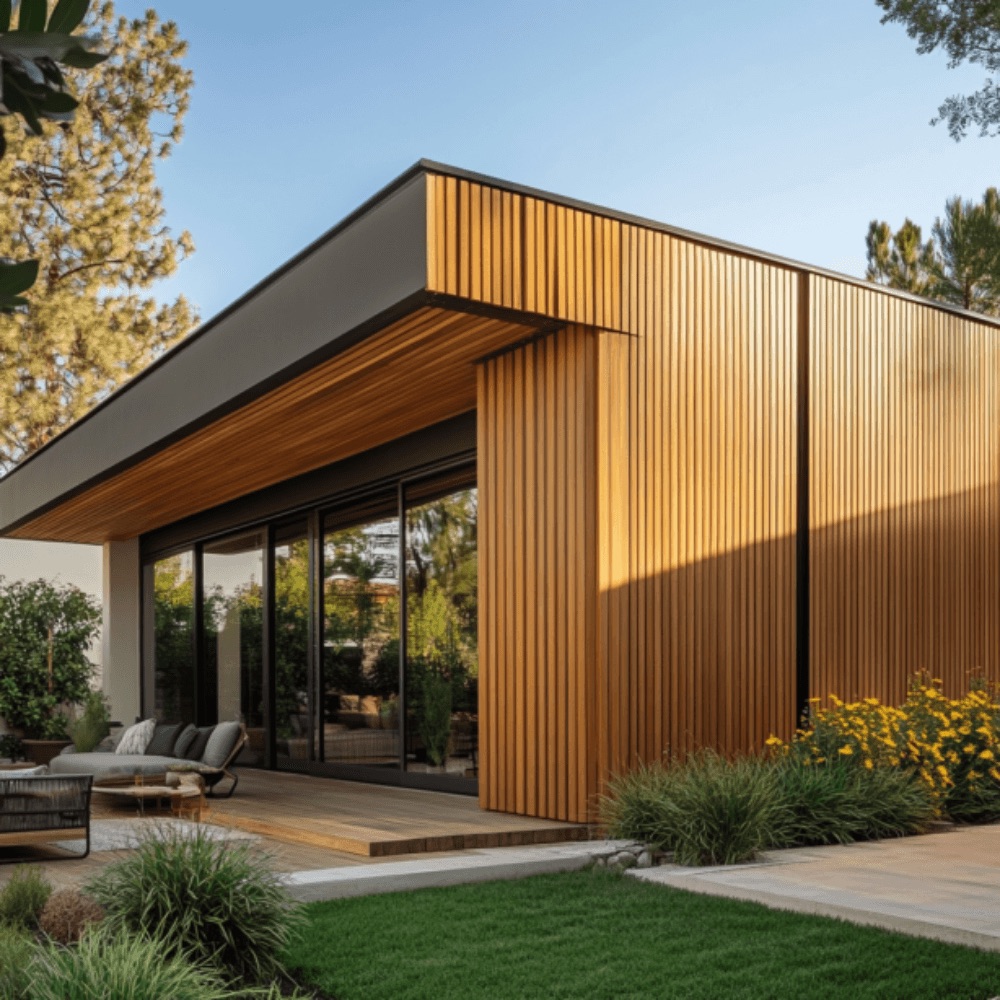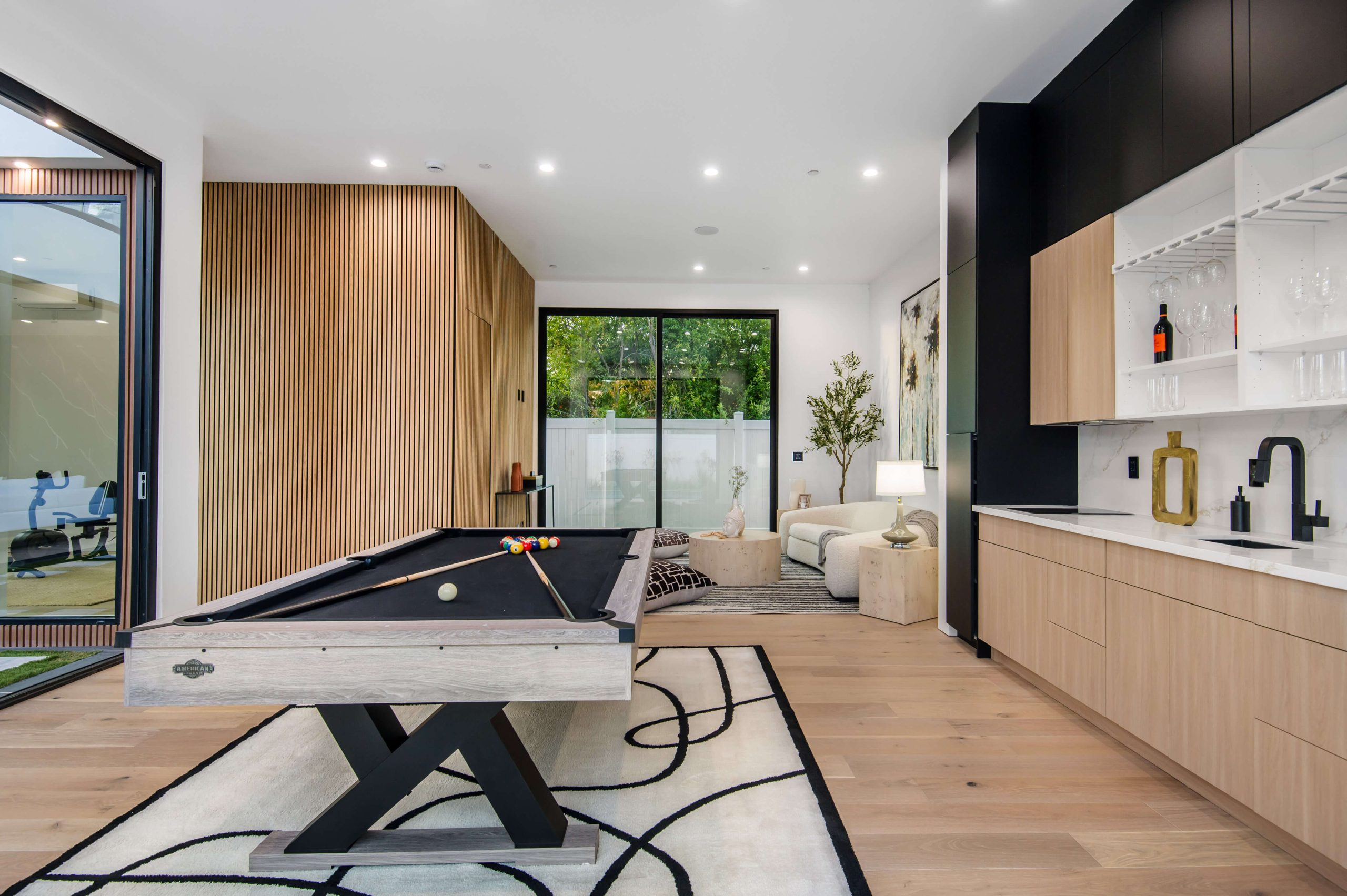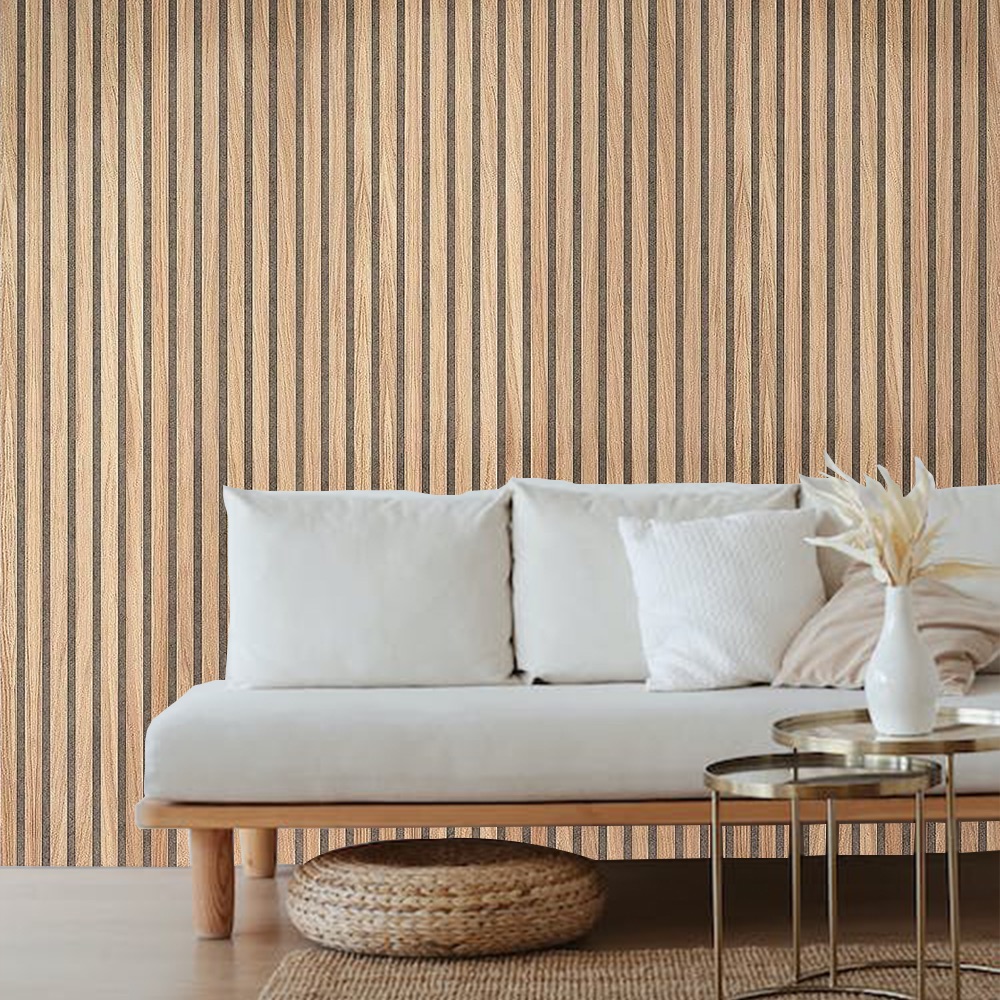If you’ve ever dreamed of giving your walls a cozy makeover, chances are you’ve stumbled upon two popular choices—wood paneling and shiplap. At first glance, they might look alike. But when you dive in a little deeper, they each tell their own story. So, when it comes to wood paneling vs shiplap, which one is right for your space? Let’s unpack it together.
When people start planning home updates, the walls are often the last thing they think about. But here’s the truth: walls set the mood of your home. They’re not just backdrops. They add warmth, character, and charm. Whether you’re going for rustic, modern, or classic, understanding the difference between wood paneling vs shiplap can help you make the perfect pick.
How They’re Built: Basic Construction Styles
When you hear the words “wood paneling,” it covers a wide range of designs. From vertical grooves to smooth wide boards, wood paneling has been around for decades. Shiplap, on the other hand, has a more consistent look. It features long, flat boards with slight grooves called rabbets. These grooves help the boards fit together like puzzle pieces.
Here’s a simple breakdown:
- Wood Paneling
- Comes in various styles like beadboard, tongue and groove, and raised panels
- Can be vertical, horizontal, or even diagonal
- Often used to create traditional or retro vibes
- Shiplap
- Boards overlap slightly thanks to rabbets
- Usually installed horizontally
- Gives a clean, farmhouse or coastal look
In the world of wall design, wood paneling vs shiplap is often debated based on style and build. Some homeowners love the solid, classic feel of wood paneling, while others prefer the breezy, simple charm of shiplap.
Style & Aesthetics: Which Matches Your Vibe?
If you’re going for a more detailed or formal space, wood paneling wins. Think of old libraries, elegant dining rooms, or traditional English homes. It has layers and lines that make rooms feel rich and cozy.
Shiplap leans more into that light, airy style. It’s been made famous by farmhouse makeovers and beachy homes. It’s often painted white, but it can also shine in darker tones.
Let’s paint a picture:
- Wood Paneling looks perfect with:
- Crown moldings and wainscoting
- Rich colors like navy, forest green, or burgundy
- Decorative furniture and antique touches
- Shiplap pairs well with:
- Simple furniture and neutral palettes
- Natural textures like linen, jute, and cotton
- Minimalist or country-style decor
When choosing between wood paneling vs shiplap, style is everything. Do you want drama or simplicity? Are you more into vintage or modern farm?
Installation & DIY Friendliness
One of the biggest questions we get is: “Can I install this myself?” Well, that depends on what you choose.
Shiplap is a go-to favorite for DIY lovers. Thanks to its overlapping edges, it’s easy to align and attach to the wall. Whether you use nails or adhesive strips, the process is pretty straightforward.
Wood paneling, depending on the type, can be a little more complex. Some panels are pre-finished and easy to snap in place, while others might need more precision, especially when using tongue-and-groove or raised panel designs.
Quick comparison:
| Feature | Wood Paneling | Shiplap |
|---|---|---|
| Installation Time | Medium to Long | Short |
| Tools Needed | Saw, Level, Nails, Measuring Tape | Saw, Level, Nails, Measuring Tape |
| Skill Level | Intermediate to Advanced | Beginner to Intermediate |
Want to try installing shiplap yourself? Here’s a great resource to help you get started: DIY wood accent wall ideas.
Cost and Materials
The cost of any wall treatment depends on the material, brand, and finish. But as a general rule, shiplap tends to be more budget-friendly. That’s because it uses thinner wood and is easier to mass-produce.
Wood paneling can be pricier—especially if you’re going for high-end materials like oak, walnut, or custom finishes.
Cost comparison (per square foot):
- Shiplap: $2 – $7
- Wood Paneling: $4 – $12
If you want something that looks stunning without breaking the bank, check out our Natural Oak Acoustic Slat Wood Wall Panels. They offer great looks, sound control, and are easy to install.
Durability & Maintenance
Wood paneling is known for its strength. When well taken care of, it can last for decades. It’s often thicker and made from hardwood, making it more resistant to wear and tear.
Shiplap is lighter and a bit more delicate. If placed in high-traffic areas, it may need touch-ups over time—especially if it’s painted white.
To keep them looking fresh:
- Dust both regularly
- Avoid moisture (especially in bathrooms or basements)
- Use mild soap and a damp cloth for cleaning
In wet areas or homes with pets and kids, the durability factor plays a big role in deciding between wood paneling vs shiplap.
Where They Work Best
Each of these styles fits better in different rooms based on your goal and function:
Best rooms for wood paneling:
- Home office
- Library or den
- Dining room
Best rooms for shiplap:
- Kitchen
- Bathroom (with ventilation)
- Living room
Still unsure what works for your home? You can always explore more ideas and design tips on our official site for inspiration.
Final Thoughts: Which One’s Right for You?
So, when it comes down to wood paneling vs shiplap, here’s what we believe: both are amazing, and it really depends on your personal taste, your budget, and how much work you want to put into it.
Here’s a simple decision list:
Choose wood paneling if you want:
- A timeless, classic vibe
- Rich texture and depth
- Long-term durability
Pick shiplap if you love:
- Clean, simple lines
- Quick DIY updates
- A breezy, modern feel
We hope this guide helped clear up the difference between wood paneling vs shiplap. Ready to take the next step? Whether you’re remodeling one wall or redoing your whole space, trust us to help you find the right look. Browse our styles, or dive into new wall trends with us.
Start your wall makeover today with our exclusive collections and expert advice!
FAQs
1. How do I know if wood paneling or shiplap is better for my home?
Start by thinking about your style and how much work you want to do. If you love classic, warm, and textured spaces, wood paneling might suit you better. But if you want a clean, modern, and easy-to-install option, shiplap could be your best bet. It really comes down to the vibe you’re going for and how involved you want to get in the process.
2. Can I install shiplap or wood paneling myself without hiring a contractor?
Yes, you can! Shiplap is generally easier to install and perfect for first-time DIYers. It fits together with simple tools and doesn’t need much prep. Wood paneling can also be a DIY project, but it may require more precision, especially with styles like tongue-and-groove or raised panels.
3. What’s more affordable: shiplap or wood paneling?
In most cases, shiplap is more budget-friendly. It’s made from thinner wood and is easier to produce. Wood paneling, especially hardwood or custom styles, can cost more due to the materials and detail involved. Be sure to compare by square foot based on your wall size and design preference.
4. Will either option hold up well in a bathroom or kitchen?
Both can work in moisture-prone areas like kitchens or bathrooms—but proper sealing and ventilation are key. Shiplap is often used in these spaces, but it’s important to keep it dry to avoid warping. Wood paneling is thicker and more durable but still needs protection from humidity.
5. Can I mix both wood paneling and shiplap in the same house?
Absolutely! Mixing the two can create a layered, stylish look. For example, you can use wood paneling in formal rooms like your dining area or home office and go with shiplap in relaxed spaces like your kitchen or hallway. Just keep your color scheme and trim style consistent to tie everything together.

